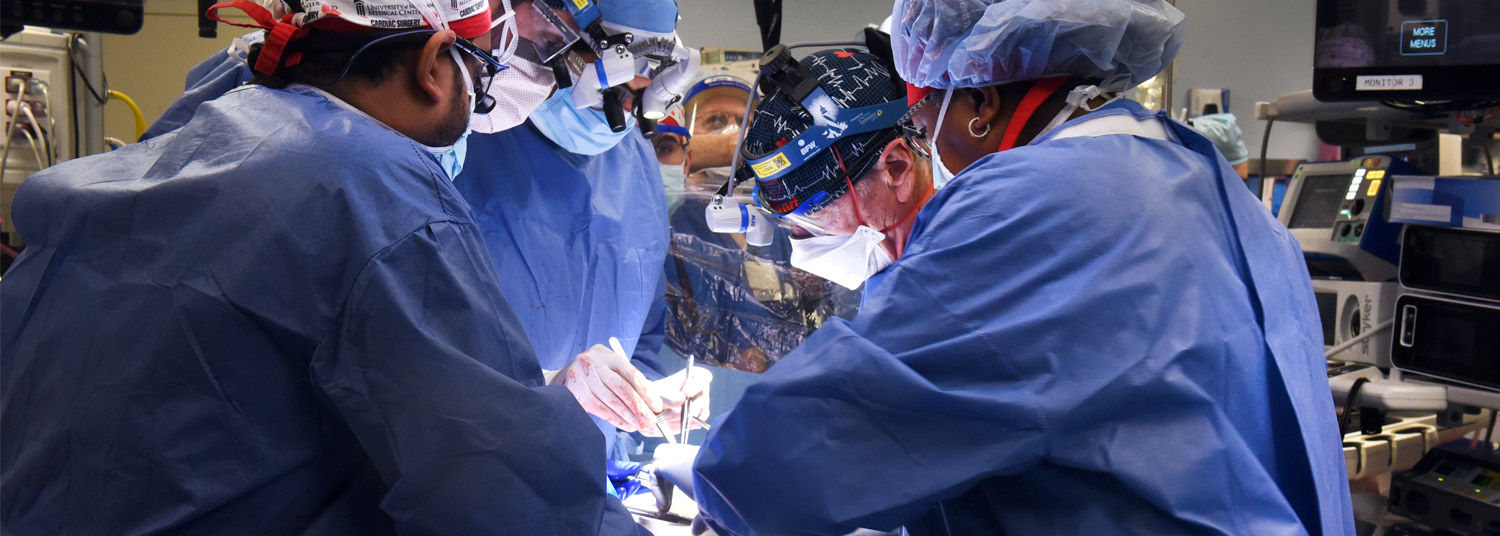January 10, 2022 | Deborah Kotz
First-of-Its-Kind Transplant at the University of Maryland Medical Center Was Patient’s Only Option for Survival after Being Deemed Ineligible for Traditional Transplant
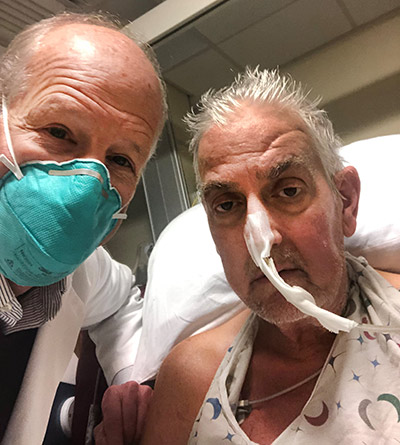 In a first-of-its-kind surgery, a 57-year-old patient with terminal heart disease received a successful transplant of a genetically-modified pig heart and is still doing well three days later. It was the only currently available option for the patient. The historic surgery was conducted by University of Maryland School of Medicine (UMSOM) faculty at the University of Maryland Medical Center (UMMC), together known as the University of Maryland Medicine.
In a first-of-its-kind surgery, a 57-year-old patient with terminal heart disease received a successful transplant of a genetically-modified pig heart and is still doing well three days later. It was the only currently available option for the patient. The historic surgery was conducted by University of Maryland School of Medicine (UMSOM) faculty at the University of Maryland Medical Center (UMMC), together known as the University of Maryland Medicine.
This organ transplant demonstrated for the first time that a genetically-modified animal heart can function like a human heart without immediate rejection by the body. The patient, David Bennett, a Maryland resident, is being carefully monitored over the next days and weeks to determine whether the transplant provides lifesaving benefits. He had been deemed ineligible for a conventional heart transplant at UMMC as well as at several other leading transplant centers that reviewed his medical records.
“It was either die or do this transplant. I want to live. I know it’s a shot in the dark, but it’s my last choice,” said Mr. Bennett, the patient, a day before the surgery was conducted. He had been hospitalized and bedridden for the past few months. “I look forward to getting out of bed after I recover.”
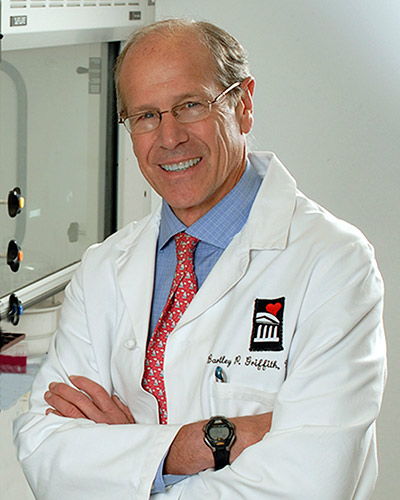 The U.S. Food and Drug Administration granted emergency authorization for the surgery on New Year’s Eve through its expanded access (compassionate use) provision. It is used when an experimental medical product, in this case the genetically-modified pig’s heart, is the only option available for a patient faced with a serious or life-threatening medical condition. The authorization to proceed was granted in the hope of saving the patient’s life.
The U.S. Food and Drug Administration granted emergency authorization for the surgery on New Year’s Eve through its expanded access (compassionate use) provision. It is used when an experimental medical product, in this case the genetically-modified pig’s heart, is the only option available for a patient faced with a serious or life-threatening medical condition. The authorization to proceed was granted in the hope of saving the patient’s life.
“This was a breakthrough surgery and brings us one step closer to solving the organ shortage crisis. There are simply not enough donor human hearts available to meet the long list of potential recipients,” said Bartley P. Griffith, MD, who surgically transplanted the pig heart into the patient. Dr. Griffith is the Thomas E. and Alice Marie Hales Distinguished Professor in Transplant Surgery at UMSOM. “We are proceeding cautiously, but we are also optimistic that this first-in-the-world surgery will provide an important new option for patients in the future.”
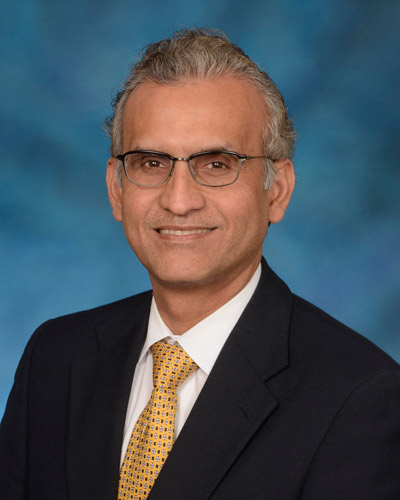 Considered one of the world’s foremost experts on transplanting animal organs, known as xenotransplantation, Muhammad M. Mohiuddin, MD, Professor of Surgery at UMSOM, joined the UMSOM faculty five years ago and established the Cardiac Xenotransplantation Program with Dr. Griffith. Dr. Mohiuddin serves as the program’s Scientific/Program Director and Dr. Griffith as its Clinical Director.
Considered one of the world’s foremost experts on transplanting animal organs, known as xenotransplantation, Muhammad M. Mohiuddin, MD, Professor of Surgery at UMSOM, joined the UMSOM faculty five years ago and established the Cardiac Xenotransplantation Program with Dr. Griffith. Dr. Mohiuddin serves as the program’s Scientific/Program Director and Dr. Griffith as its Clinical Director.
“This is the culmination of years of highly complicated research to hone this technique in animals with survival times that have reached beyond nine months. The FDA used our data and data on the experimental pig to authorize the transplant in an end-stage heart disease patient who had no other treatment options,” said Dr. Mohiuddin. “The successful procedure provided valuable information to help the medical community improve this potentially life-saving method in future patients.”
About 110,000 Americans are currently waiting for an organ transplant, and more than 6,000 patients die each year before getting one, according to the federal government’s organdonor.gov. Xenotransplantation could potentially save thousands of lives but does carry a unique set of risks, including the possibility of triggering a dangerous immune response. These responses can trigger an immediate rejection of the organ with a potentially deadly outcome to the patient.
Xenotransplants were first tried in the 1980s, but were largely abandoned after the famous case of Stephanie Fae Beauclair (known as Baby Fae) at Loma Linda University in California. The infant, born with a fatal heart condition, received a baboon heart transplant and died within a month of the procedure due to the immune system’s rejection of the foreign heart. However, for many years, pig heart valves have been used successfully for replacing valves in humans.
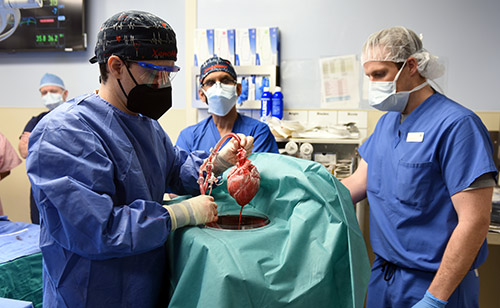 Before consenting to receive the transplant, Mr. Bennett, the patient, was fully informed of the procedure’s risks, and that the procedure was experimental with unknown risks and benefits. He had been admitted to the hospital more than six weeks earlier with life-threatening arrhythmia and was connected to a heart-lung bypass machine, called extracorporeal membrane oxygenation (ECMO), to remain alive. In addition to not qualifying to be on the transplant list, he was also deemed ineligible for an artificial heart pump due to his arrhythmia.
Before consenting to receive the transplant, Mr. Bennett, the patient, was fully informed of the procedure’s risks, and that the procedure was experimental with unknown risks and benefits. He had been admitted to the hospital more than six weeks earlier with life-threatening arrhythmia and was connected to a heart-lung bypass machine, called extracorporeal membrane oxygenation (ECMO), to remain alive. In addition to not qualifying to be on the transplant list, he was also deemed ineligible for an artificial heart pump due to his arrhythmia.
Revivicor, a regenerative medicine company based in Blacksburg, VA, provided the genetically-modified pig to the xenotransplantation laboratory at UMSOM. On the morning of the transplant surgery, the surgical team, led by Dr. Griffith and Dr. Mohiuddin, removed the pig’s heart and placed it in the XVIVO Heart Box, perfusion device, a machine that keeps the heart preserved until surgery.
Heart Transplant Videos:
First Ever Pig to Human Heart Transplant (Official Video) - University of Maryland Medicine
Dr. Bartley Griffith performs the First Successful Transplant of a Pig Heart into a Human
Dr. Muhammad Mohiuddin - His Groundbreaking Research Led to to the First Pig Heart Transplant
The physician-scientists also used a new drug along with conventional anti-rejection drugs, which are designed to suppress the immune system and prevent the body from rejecting the foreign organ. The new drug used is an experimental compound made by Kiniksa Pharmaceuticals.
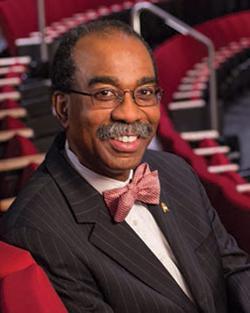 “This unprecedented and historic procedure highlights the importance of translational research which lays the groundwork for patients to benefit in the future. It is the culmination of our longstanding commitment to discovery and innovation in our xenotransplantation program,” said E. Albert Reece, MD, PhD, MBA, Executive Vice President for Medical Affairs, UM Baltimore, and the John Z. and Akiko K. Bowers Distinguished Professor and Dean, University of Maryland School of Medicine. "Our transplant surgeon-scientists are among the most talented in the country, and are helping to bring the promise of xenotransplantation to fruition. We hope it will one day become a standard of care for patients in need of organ transplants. As has happened throughout our history, the University of Maryland School of Medicine continues to address the most complex medical and scientific problems.”
“This unprecedented and historic procedure highlights the importance of translational research which lays the groundwork for patients to benefit in the future. It is the culmination of our longstanding commitment to discovery and innovation in our xenotransplantation program,” said E. Albert Reece, MD, PhD, MBA, Executive Vice President for Medical Affairs, UM Baltimore, and the John Z. and Akiko K. Bowers Distinguished Professor and Dean, University of Maryland School of Medicine. "Our transplant surgeon-scientists are among the most talented in the country, and are helping to bring the promise of xenotransplantation to fruition. We hope it will one day become a standard of care for patients in need of organ transplants. As has happened throughout our history, the University of Maryland School of Medicine continues to address the most complex medical and scientific problems.”
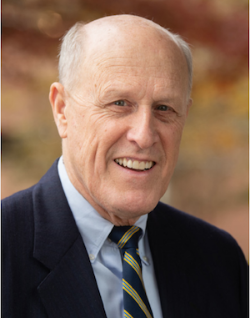 Bruce Jarrell, MD, President of the University of Maryland, Baltimore, who himself is a transplant surgeon, recalled: “Dr. Griffith and I began as organ transplant surgeons when it was in its infancy. Back then, it was the dream of every transplant surgeon, myself included, to achieve xenotransplantation and it is now personally gratifying to me to see this long-sought goal clearly in view. It is a spectacular achievement.”
Bruce Jarrell, MD, President of the University of Maryland, Baltimore, who himself is a transplant surgeon, recalled: “Dr. Griffith and I began as organ transplant surgeons when it was in its infancy. Back then, it was the dream of every transplant surgeon, myself included, to achieve xenotransplantation and it is now personally gratifying to me to see this long-sought goal clearly in view. It is a spectacular achievement.”
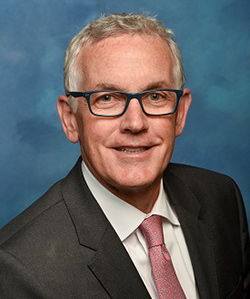 “This is truly a historic, monumental step forward. While we have long been at the forefront of research driving progress toward the promise of xenotransplantation as a viable solution to the organ crisis, many believed this breakthrough would be well into the future,” said Bert W. O’Malley, MD, President and CEO, University of Maryland Medical Center. “I couldn’t be more proud to say the future is now. Our skilled team of UMMC and UMSOM physician-scientists will continue to advance and adapt medical discovery for patient care that could offer a lifeline for more patients in dire need.”
“This is truly a historic, monumental step forward. While we have long been at the forefront of research driving progress toward the promise of xenotransplantation as a viable solution to the organ crisis, many believed this breakthrough would be well into the future,” said Bert W. O’Malley, MD, President and CEO, University of Maryland Medical Center. “I couldn’t be more proud to say the future is now. Our skilled team of UMMC and UMSOM physician-scientists will continue to advance and adapt medical discovery for patient care that could offer a lifeline for more patients in dire need.”
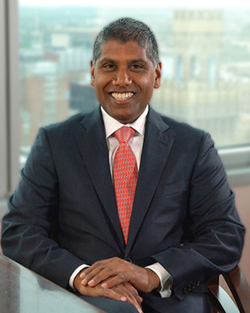 Mohan Suntha, MD, MBA, President and CEO, University of Maryland Medical System, added: “The University of Maryland Medical System is committed to working with our University of Maryland School of Medicine partners to explore, research, and in many cases implement the innovations in patient care that make it possible to improve quality of life and save lives. We appreciate the tremendous courage of this live recipient, who has made an extraordinary decision to participate in this groundbreaking procedure to not only potentially extend his own life, but also for the future benefit of others.”
Mohan Suntha, MD, MBA, President and CEO, University of Maryland Medical System, added: “The University of Maryland Medical System is committed to working with our University of Maryland School of Medicine partners to explore, research, and in many cases implement the innovations in patient care that make it possible to improve quality of life and save lives. We appreciate the tremendous courage of this live recipient, who has made an extraordinary decision to participate in this groundbreaking procedure to not only potentially extend his own life, but also for the future benefit of others.”
Organs from genetically modified pigs have been the focus of much of the research in xenotransplantation, in part because of physiologic similarities between pigs, human, and nonhuman primates. UMSOM received $15.7 million sponsored research grant to evaluate Revivicor genetically-modified pig UHearts™ in baboon studies.
Three genes—responsible for rapid antibody-mediated rejection of pig organs by humans—were “knocked out” in the donor pig. Six human genes responsible for immune acceptance of the pig heart were inserted into the genome. Lastly, one additional gene in the pig was knocked out to prevent excessive growth of the pig heart tissue, which totaled 10 unique gene edits made in the donor pig.
“We are thrilled to support the world-class team of transplant surgeons led by Dr. Griffith and Dr. Mohiuddin at the University of Maryland School of Medicine,” said David Ayares, PhD, Chief Scientific Officer of Revivicor, Inc. “This transplant is groundbreaking, and is another step in the investigation of xeno organs for human use.”
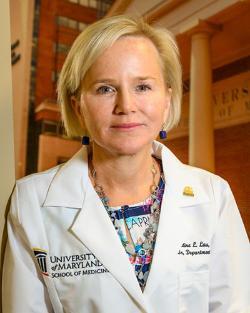 Dr. Mohiuddin, Dr. Griffith, and their research team spent the past five years perfecting the surgical technique for transplantation of pig hearts into non-human primates. Dr. Mohiuddin’s xenotransplant research experience spans over 30 years during which time he demonstrated in peer-reviewed research that genetically-modified pig’s hearts can function when placed in the abdomen for as long as three years. Success was dependent on the right combination of genetic modifications to the experimental donor pig UHeart™ and anti-rejection drugs, including some experimental compounds.
Dr. Mohiuddin, Dr. Griffith, and their research team spent the past five years perfecting the surgical technique for transplantation of pig hearts into non-human primates. Dr. Mohiuddin’s xenotransplant research experience spans over 30 years during which time he demonstrated in peer-reviewed research that genetically-modified pig’s hearts can function when placed in the abdomen for as long as three years. Success was dependent on the right combination of genetic modifications to the experimental donor pig UHeart™ and anti-rejection drugs, including some experimental compounds.
“As a cardiothoracic surgeon who does lung transplants, this is an amazing moment in the history of our field. Decades of research here at Maryland and elsewhere have gone into this achievement. This has the potential to revolutionize the field of transplantation by eventually eliminating the organ shortage crisis,” said Christine Lau, MD, MBA the Dr. Robert W. Buxton Professor and Chair of the Department of Surgery at UMSOM and Surgeon-in-Chief at UMMC. “This is a continuation of steps to making xenotransplantation a life-saving reality for patients in need.”
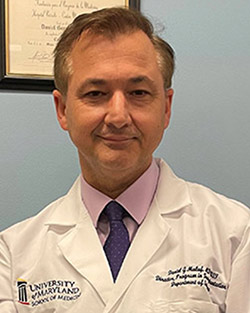 Daniel G Maluf, MD, FAST, Professor of Surgery and Medicine at UMSOM and Director, UMSOM’s Program in Transplantation, added: “This is a breakthrough for the field of organ transplantation and medicine,” he said. “This event is the final achievement of years of research and testing from our multidisciplinary team led by Dr. Griffith and Dr. Mohiuddin and represents a beginning of a new era in the field of organ transplantation medicine. I am proud of our team’s incredible achievement.”
Daniel G Maluf, MD, FAST, Professor of Surgery and Medicine at UMSOM and Director, UMSOM’s Program in Transplantation, added: “This is a breakthrough for the field of organ transplantation and medicine,” he said. “This event is the final achievement of years of research and testing from our multidisciplinary team led by Dr. Griffith and Dr. Mohiuddin and represents a beginning of a new era in the field of organ transplantation medicine. I am proud of our team’s incredible achievement.”
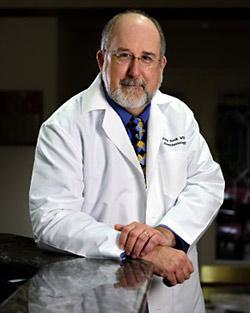 Peter Rock, MD, MBA, the Dr. Martin Helrich Chair and Professor in the Department of Anesthesiology at UMSOM, said: “We carefully considered the unique needs of this patient in preparing him for surgery and the intricacies involved in modifying our anesthetic techniques for this xenotransplant procedure. Our planning paid off, and the surgery could not have gone better thanks to the herculean efforts of the medical team involved in this landmark event.”
Peter Rock, MD, MBA, the Dr. Martin Helrich Chair and Professor in the Department of Anesthesiology at UMSOM, said: “We carefully considered the unique needs of this patient in preparing him for surgery and the intricacies involved in modifying our anesthetic techniques for this xenotransplant procedure. Our planning paid off, and the surgery could not have gone better thanks to the herculean efforts of the medical team involved in this landmark event.”
About the University of Maryland School of Medicine
Now in its third century, the University of Maryland School of Medicine was chartered in 1807 as the first public medical school in the United States. It continues today as one of the fastest growing, top-tier biomedical research enterprises in the world -- with 46 academic departments, centers, institutes, and programs, and a faculty of more than 3,000 physicians, scientists, and allied health professionals, including members of the National Academy of Medicine and the National Academy of Sciences, and a distinguished two-time winner of the Albert E. Lasker Award in Medical Research. With an operating budget of more than $1.2 billion, the School of Medicine works closely in partnership with the University of Maryland Medical Center and Medical System to provide research-intensive, academic and clinically based care for nearly 2 million patients each year. The School of Medicine has nearly $600 million in extramural funding, with most of its academic departments highly ranked among all medical schools in the nation in research funding. As one of the seven professional schools that make up the University of Maryland, Baltimore campus, the School of Medicine has a total population of nearly 9,000 faculty and staff, including 2,500 students, trainees, residents, and fellows. The combined School of Medicine and Medical System (“University of Maryland Medicine”) has an annual budget of over $6 billion and an economic impact of nearly $20 billion on the state and local community. The School of Medicine, which ranks as the 8th highest among public medical schools in research productivity (according to the Association of American Medical Colleges profile) is an innovator in translational medicine, with 606 active patents and 52 start-up companies. In the latest U.S. News & World Report ranking of the Best Medical Schools, published in 2021, the UM School of Medicine is ranked #9 among the 92 public medical schools in the U.S., and in the top 15 percent (#27) of all 192 public and private U.S. medical schools. The School of Medicine works locally, nationally, and globally, with research and treatment facilities in 36 countries around the world. Visit medschool.umaryland.edu
About the University of Maryland Medical Center
The University of Maryland Medical Center (UMMC) is comprised of two hospital campuses in Baltimore: the 800-bed flagship institution of the 13-hospital University of Maryland Medical System (UMMS) and the 200-bed UMMC Midtown Campus. Both campuses are academic medical centers for training physicians and health professionals and for pursuing research and innovation to improve health. UMMC's downtown campus is a national and regional referral center for trauma, cancer care, neurosciences, advanced cardiovascular care, and women's and children's health, and has one of the largest solid organ transplant programs in the country. All physicians on staff at the downtown campus are clinical faculty physicians of the University of Maryland School of Medicine. The UMMC Midtown Campus medical staff is predominantly faculty physicians specializing in a wide spectrum of medical and surgical subspecialties, primary care for adults and children and behavioral health. UMMC Midtown has been a teaching hospital for 140 years and is located one mile away from the downtown campus. For more information, visit www.umm.edu.
About the University of Maryland Medical System
The University of Maryland Medical System (UMMS) is a university-based regional health care system focused on serving the health care needs of Maryland, bringing innovation, discovery and research to the care we provide and educating the state’s future physician and health care professionals through our partnership with the University of Maryland School of Medicine and University of Maryland, Baltimore professional schools (Nursing, Pharmacy, Social Work and Dentistry) in Baltimore. As one of the largest private employers in the State, the health system’s more than 29,500 employees and 4,000 affiliated physicians provide primary and specialty care in more than 150 locations, including 13 hospitals and 9 University of Maryland Urgent Care centers. The UMMS flagship academic campus, the University of Maryland Medical Center in downtown Baltimore, is recognized regionally and nationally for excellence and innovation in specialized care. Our acute care and specialty rehabilitation hospitals serve urban, suburban and rural communities and are located in 13 counties across the State. For more information, visit www.umms.org.
UHeart is a trademark of Lung Biotechnology PBC.
Dr. Mohiuddin is listed on a patent application filed in connection with this procedure.
Resources for the Media:
Contact
Deborah Kotz
410-706-4255 or 410-504-0054 (cell)
dkotz@som.umaryland.edu
Bill Seiler
(410) 328-8919 or (410) 913-8464 (cell)
bseiler@umm.edu
Related stories

Friday, May 06, 2022
University of Maryland School of Medicine Helps Launch New Center to Accelerate Advancement of Virtual Reality into Patient Care
BALTIMORE, May 6, 2022 – The University of Maryland School of Medicine (UMSOM) is the joint recipient of $4.75 million in funding from the National Science Foundation to establish a new Center for Medical Innovations in Extended Reality. The Center, known as MIXR, will help accelerate the development of virtual reality, augmented reality, and other immersive media technologies – referred to as “extended reality”—for use in clinical trials and eventually widespread use in medical care.
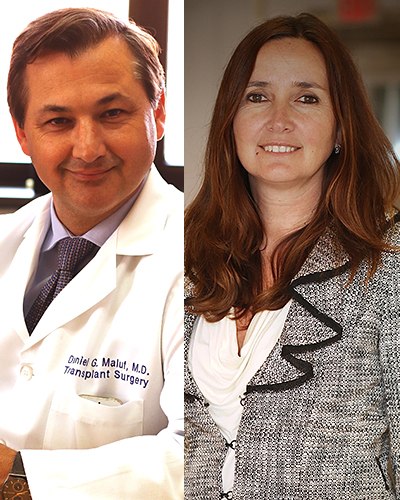
Thursday, July 16, 2020
University of Maryland School of Medicine Recruits Two Preeminent Multi-Organ Transplant Professionals to Build on Legacy of Leadership in Transplantation
University of Maryland School of Medicine (UMSOM) Dean, E. Albert Reece, MD, PhD, MBA, and Christine Lau, MD, MBA, The Dr. Robert W. Buxton Chair of Surgery at UMSOM, announced today the hiring of two internationally-renown transplant professionals: a surgeon scientist and a transplant scientist. The unique pair of transplant professionals provides UMSOM with a powerful combination of leadership in both clinical surgery and surgical science.
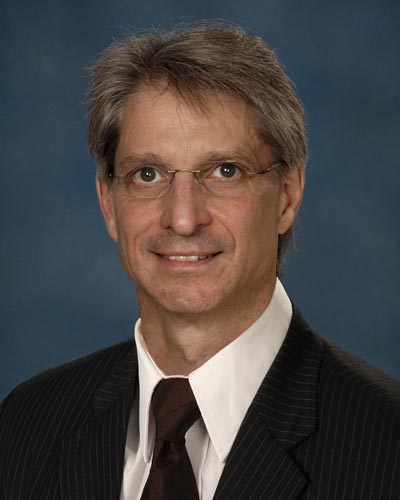
Friday, September 14, 2018
Nationwide Research on African-American Kidneys Hopes to Unravel Genetic Variation That Increases Disease Risk
With African-Americans developing kidney failure at rates four to five times higher than Americans of European descent, a groundbreaking nationwide study will track nearly every African-American donor kidney over the next five years.

Friday, July 20, 2018
Delaying Mitral Valve Surgery May Harm Patients
Study Shows Earlier Surgery Gets Better Results
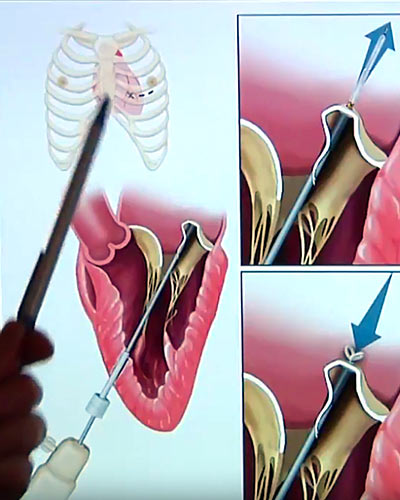
Friday, December 01, 2017
New Study: Innovative Heart Device is Safe and Effective
A new study has found that a pioneering device to repair heart valves is safe and effective, and can reduce the invasiveness and side effects of conventional mitral valve surgery. The Harpoon Mitral Valve Repair System (H-MVRS), an image-guided device based on technology developed at the University of Maryland School of Medicine (UMSOM), is deployed through a small opening between the ribs, and repairs the heart while it continues to beat. The research was presented at the Transcatheter Cardiovascular Therapeutics (TCT 2017) symposium in Denver, and simultaneously published in JACC, the Journal of the American College of Cardiology.
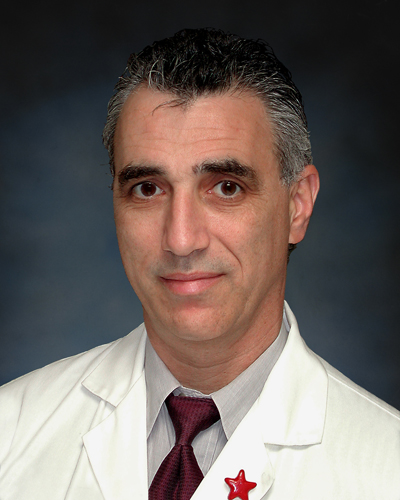
Wednesday, January 04, 2017
Honoring a Hero: Dr. Thomas Scalea, Physician-in-Chief at the R Adams Cowley Shock Trauma Center, Marks 20 Years at the University of Maryland
Under his leadership, Shock Trauma has grown tremendously – from the construction of the cutting-edge Critical Care Tower to the expansion of hands-on training opportunities for physicians, nurses and medical students.

